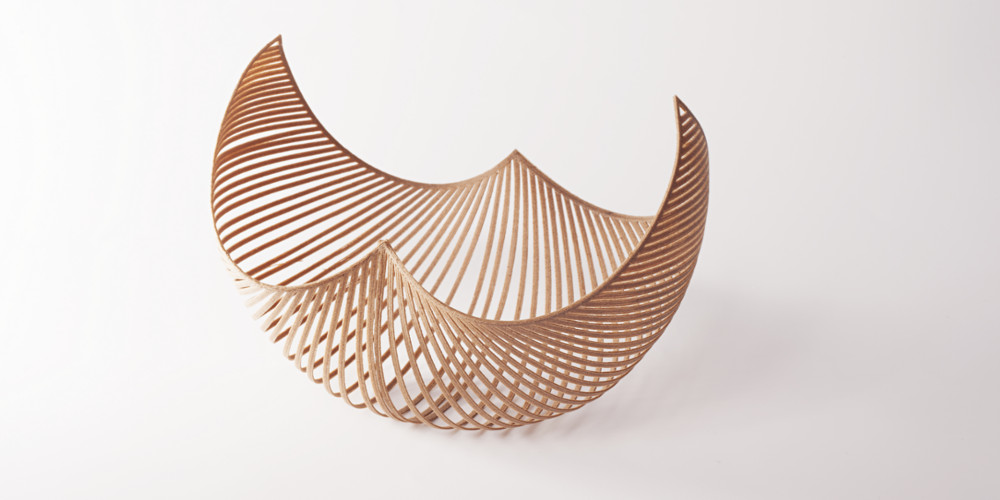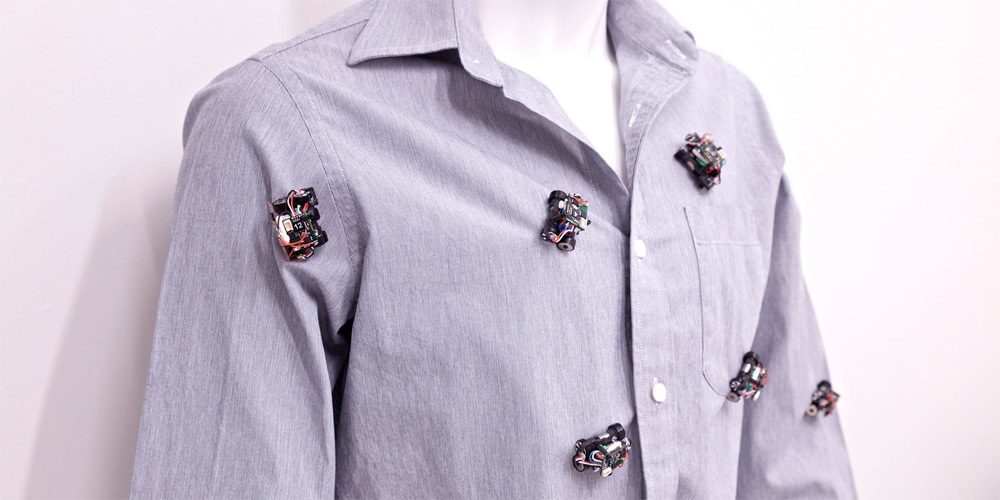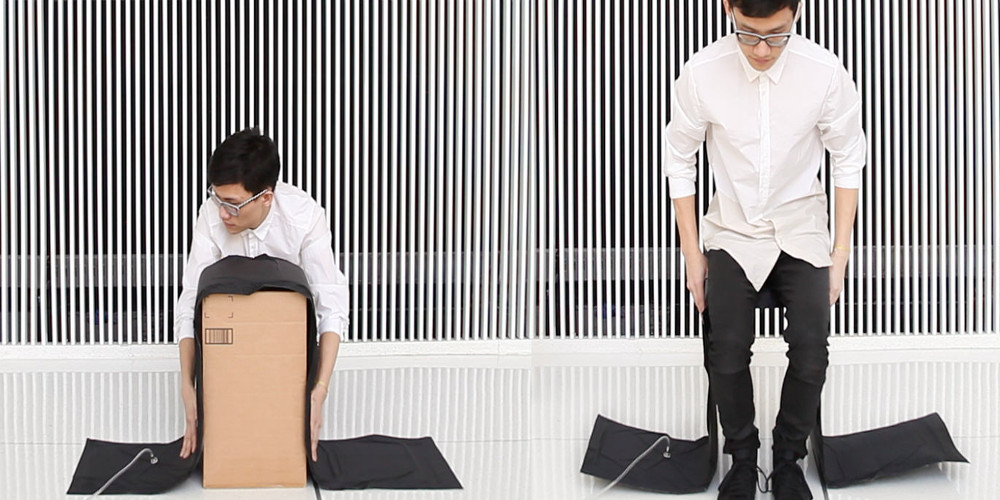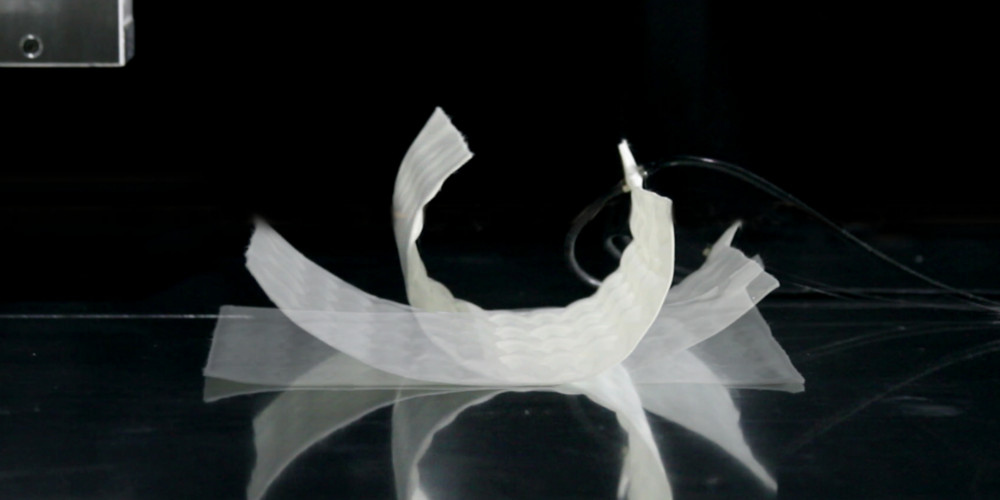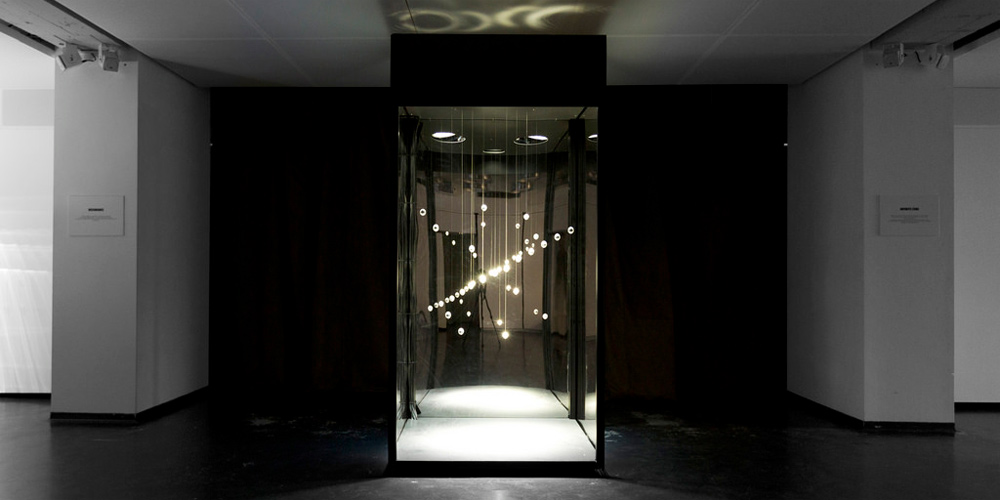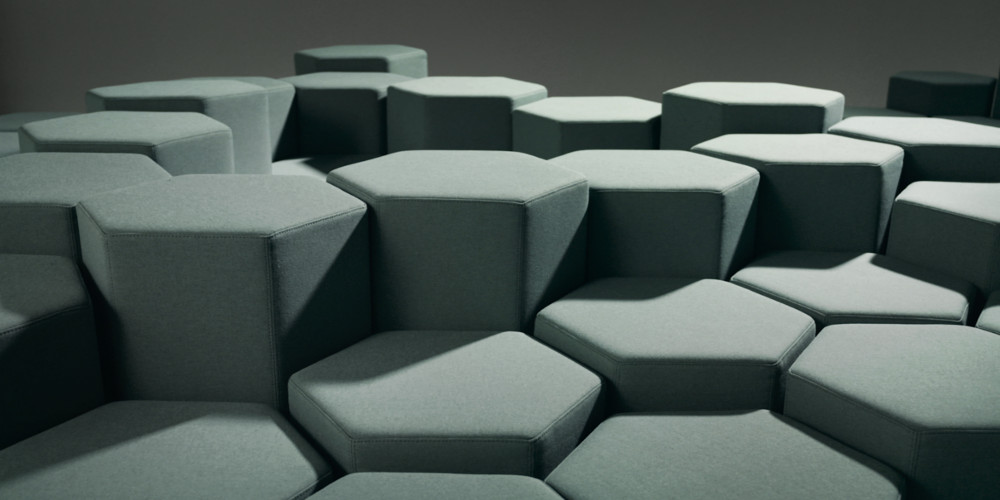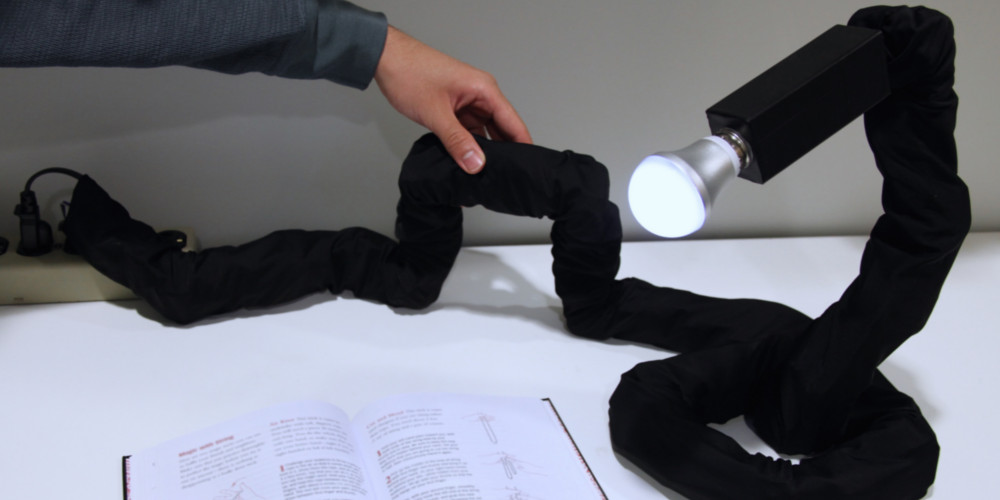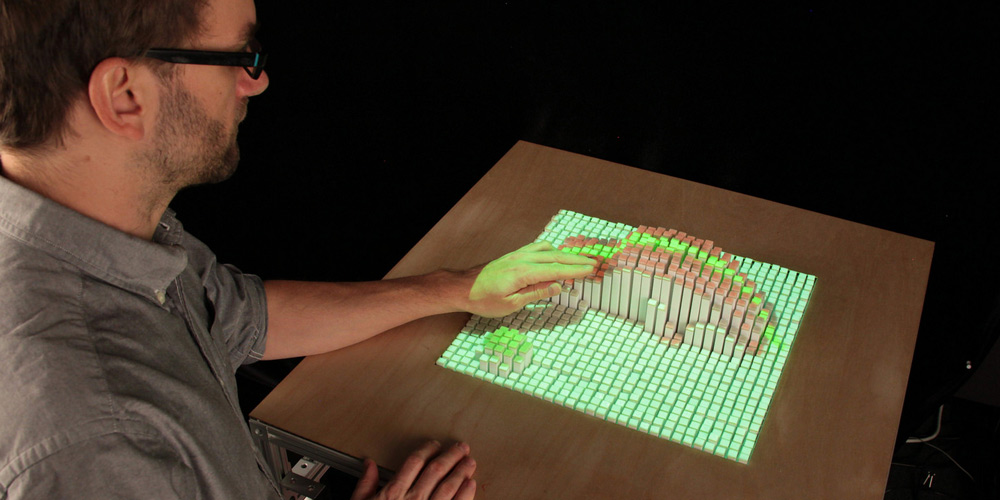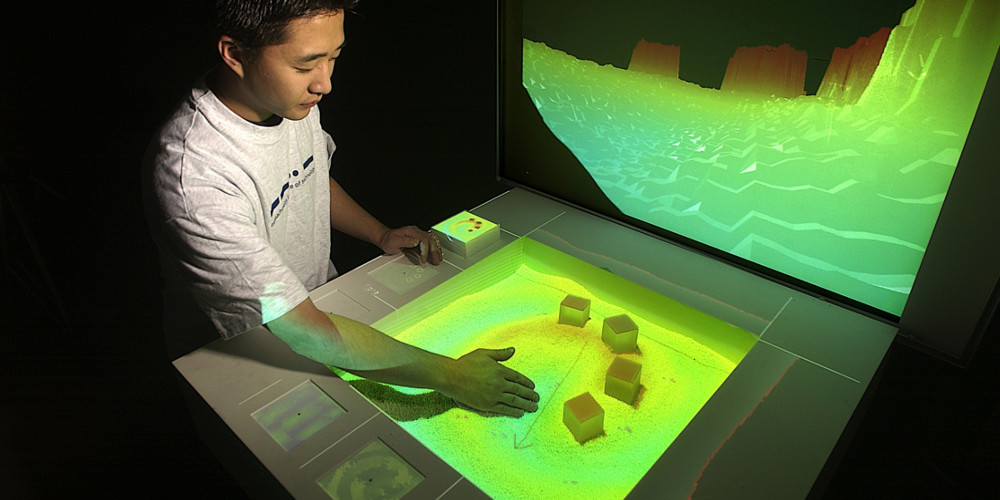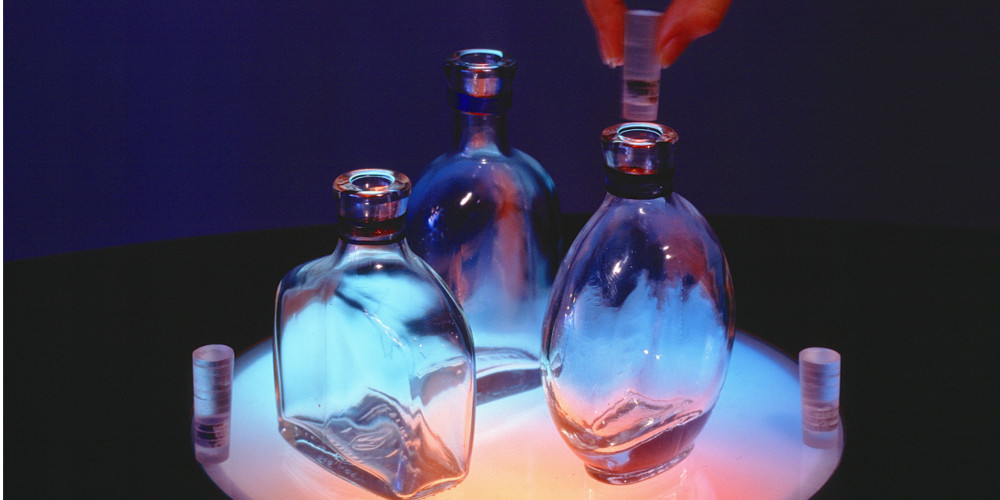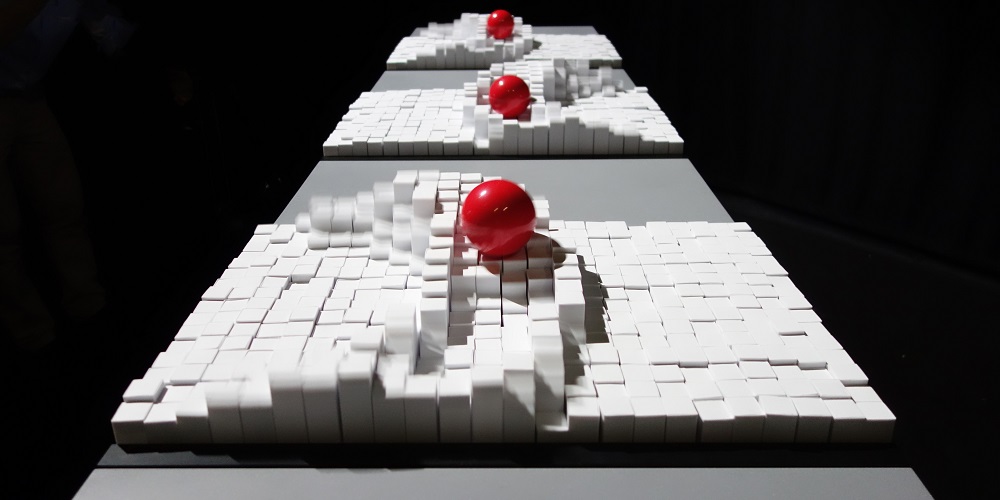
Developed in cooperation with MIT Media Lab Professor Hiroshi Ishii, this exhibition is arrayed along a thematic and chronological axis. It demonstrates how ideas derived from art can lead to new technological concepts. Visionary examples are provided by the work Hiroshi Ishii’s Tangible Media Group was already doing in 1999 in conjunction with their musicBottles. inForm (2013) registers gesticulations and sets actual objects into motion. bioLogic (2015) is a sort of second skin that reacts to movement. The exhibition, which also features projects by Carlo Ratti (IT), Joachim Sauter (DE) and the Ars Electronica Futurelab, will continue to run after the festival at the Ars Electronica Center, where it dovetails nicely with the extensive program of the Digital Art and Science Network, an EU-subsidized alliance that’s attracting more and more prestigious scientific organizations. Artist-in-residence programs have already been conducted with CERN–European Organization for Nuclear Research, the European Southern Observatory and the European Space Agency. The Festival is showcasing works produced in conjunction with these residencies.
This project is presented in the framework of the European Digital Art and Science Network and radco-funded by the Creative Europe program of the European Union.
In cooperation with GREINER GROUP.
“Unless a work inspires people, it doesn’t stick; people never start thinking differently, and they will forget. To inspire people, there must be some profound message, beauty or aesthetics which people find very moving.”
Hiroshi Ishii, director of the MIT Media Lab’s Tangible Media Group, explains his vision of Radical Atoms on our blog.
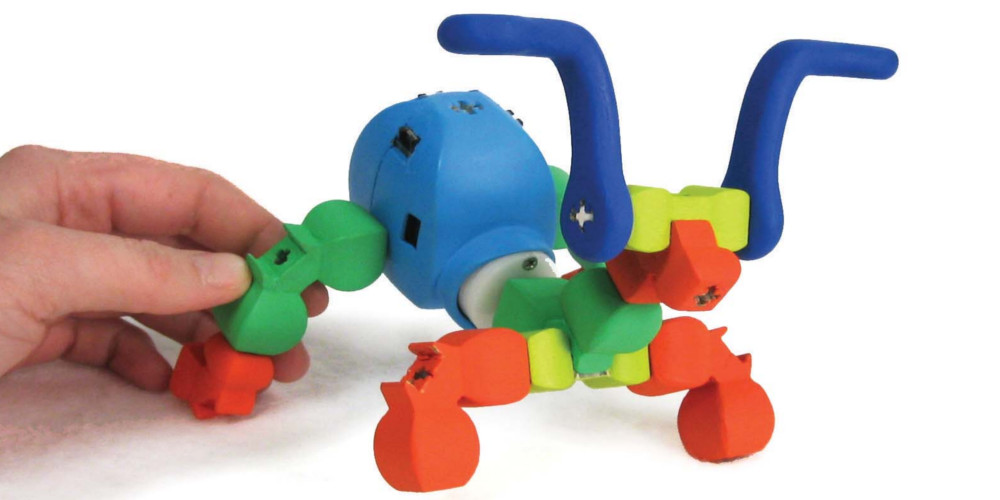
What is it like to sculpt with motion? Topobo is a construction toy with kinetic memory, able to record and playback physical motion. Snap together Passive (static) and Active (robotic) pieces into a creation, and with a press of a button and a flick of the wrist, you can teach your creation how to dance or walk.

